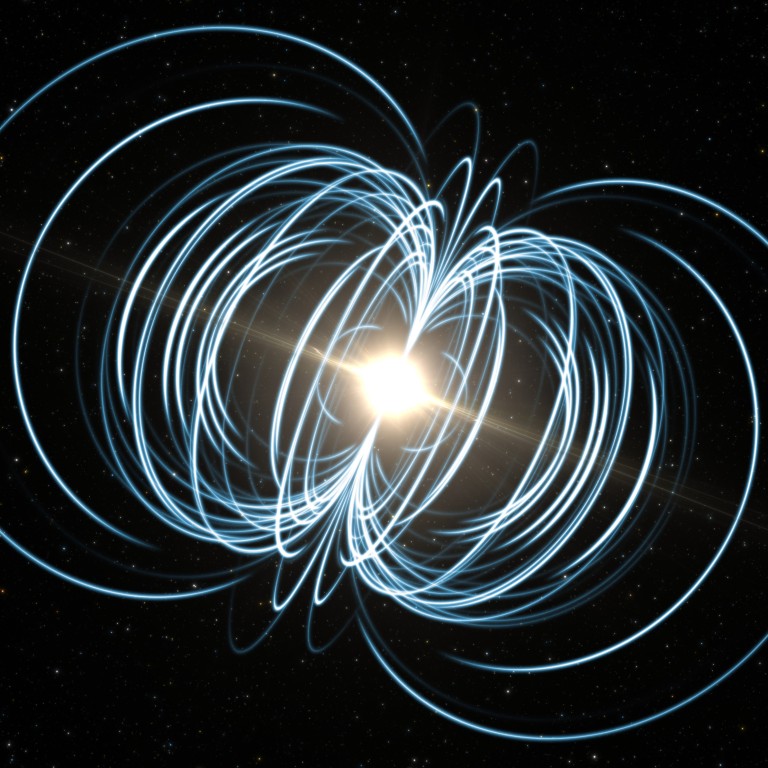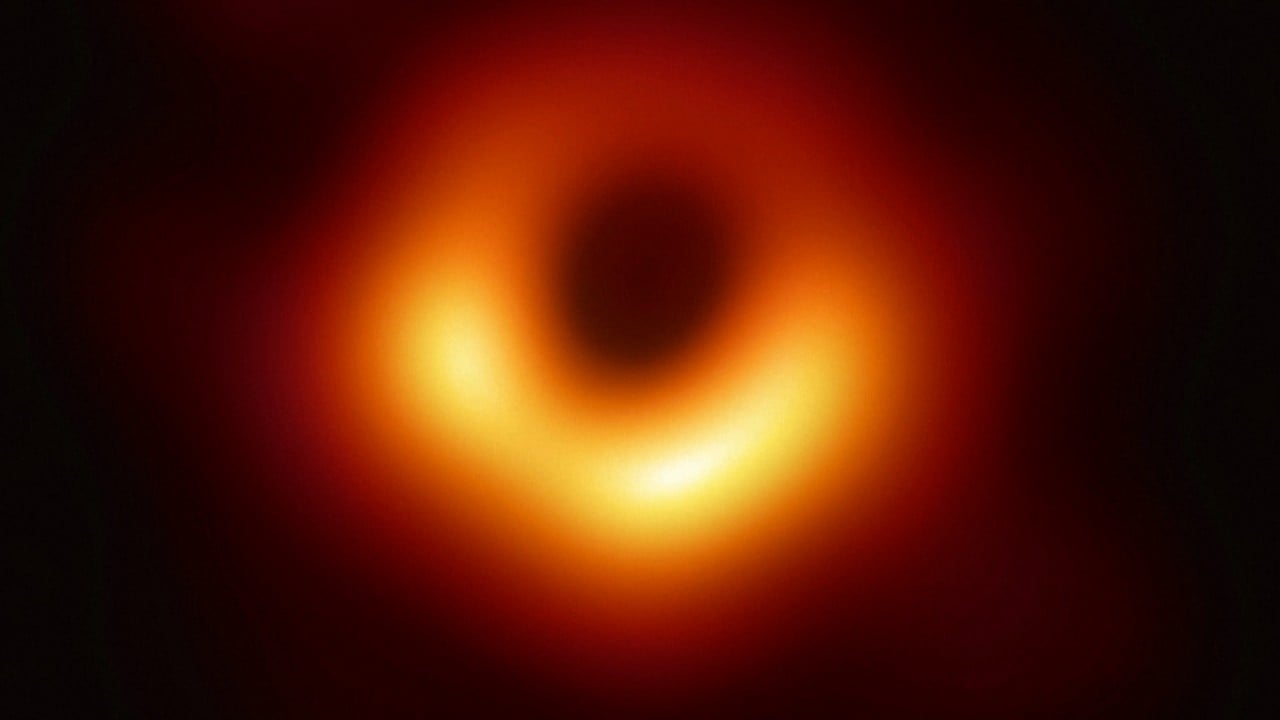
China’s FAST telescope detects mystery radio flashes from 3 billion light years away, with energy to rival the sun
- Fast radio bursts last only a few milliseconds each but can release as much energy as the sun does in a year
- Latest FRB from inside distant galaxy one of ‘most active’ ever seen, lead astronomer says in Nature report
The flashes, known as repeating fast radio bursts (FRB), last for only a few milliseconds each but can release as much energy as the Earth’s sun does in a year.
Most FRBs have been seen only once. Less than 5 per cent of them generate multiple flashes that make follow-up observations possible, to understand where they come from and how they are produced.
The rare detection has fired up global interest for follow-up observations and theoretical analyses, said Dai Zigao, an astrophysicist at the University of Science and Technology of China in Hefei, who was not involved in the research.
Li Di, the paper’s lead author and FAST chief scientist at the National Astronomical Observatories of China (NAOC), called it “one of the most active FRBs astronomers have ever seen”.
And it was the first persistently active FRB source ever discovered, according to his team.
“It was detectable almost every hour as we looked at it,” Li said.
This marks a sharp contrast to the only other similar FRB source, detected by the Arecibo Telescope in Puerto Rico in 2012, which would make more than 100 bursts in one hour and become silent for the next, he said.

Signals from the newly detected source were first discovered in 2019 by Li’s colleague Niu Chenhui as he was sifting through FAST data.
The following year, FAST scientists caught a total of 75 flashes from the same source.
With the help of US colleagues and telescopes based in Hawaii, California and New Mexico, the team was able to precisely locate the source at a metal-poor dwarf galaxy, smaller and dimmer than the Milky Way – the galaxy home to the Earth’s solar system.
China’s giant radio station can send underwater signals as far as Guam
The paper also suggests that the radio source is located in an extremely dense and highly magnetic environment.
However, scientists still need to agree on what the source exactly is. Some believe that the flashes may have come from a neutron star residing at the heart of a young supernova, the name given to the massive explosion of a dying star.
The source could also be a binary system, said Dai at the Hefei university, referring to a phenomenon where two space objects orbit each other.
According to his team’s modelling results, when a magnetar – a neutron star with a super-strong magnetic field – orbits around a so-called B star about 30 times more massive than the sun, it will produce the same pattern of FRBs as observed by FAST.
FRBs have become one of the hottest areas of astrophysics research, but fundamental questions about their source and significance remain unanswered due to the lack of observational data.
In recent years, telescopes around the world – such as Canada’s CHIME (Canadian Hydrogen Intensity Mapping Experiment) and China’s FAST – have contributed to an exponential increase in the detection of FRBs, from just a handful to hundreds of them within a few years’ time.
FAST, run by the NAOC in Beijing, became fully operational in 2020 and accepts observation proposals from outside China.
Li said FAST now allocates about 10 per cent of its observation time to FRB studies, mainly via two survey projects that have attracted about 100 young astronomers from across China.
Meanwhile, the country is also building new telescopes that could aid the hunt for FRBs. These include a 2.5m-aperture telescope currently being constructed on the Tibetan Plateau, and a Hubble-class Chinese Space Station Telescope which is scheduled to be sent into low-Earth orbit next year.


